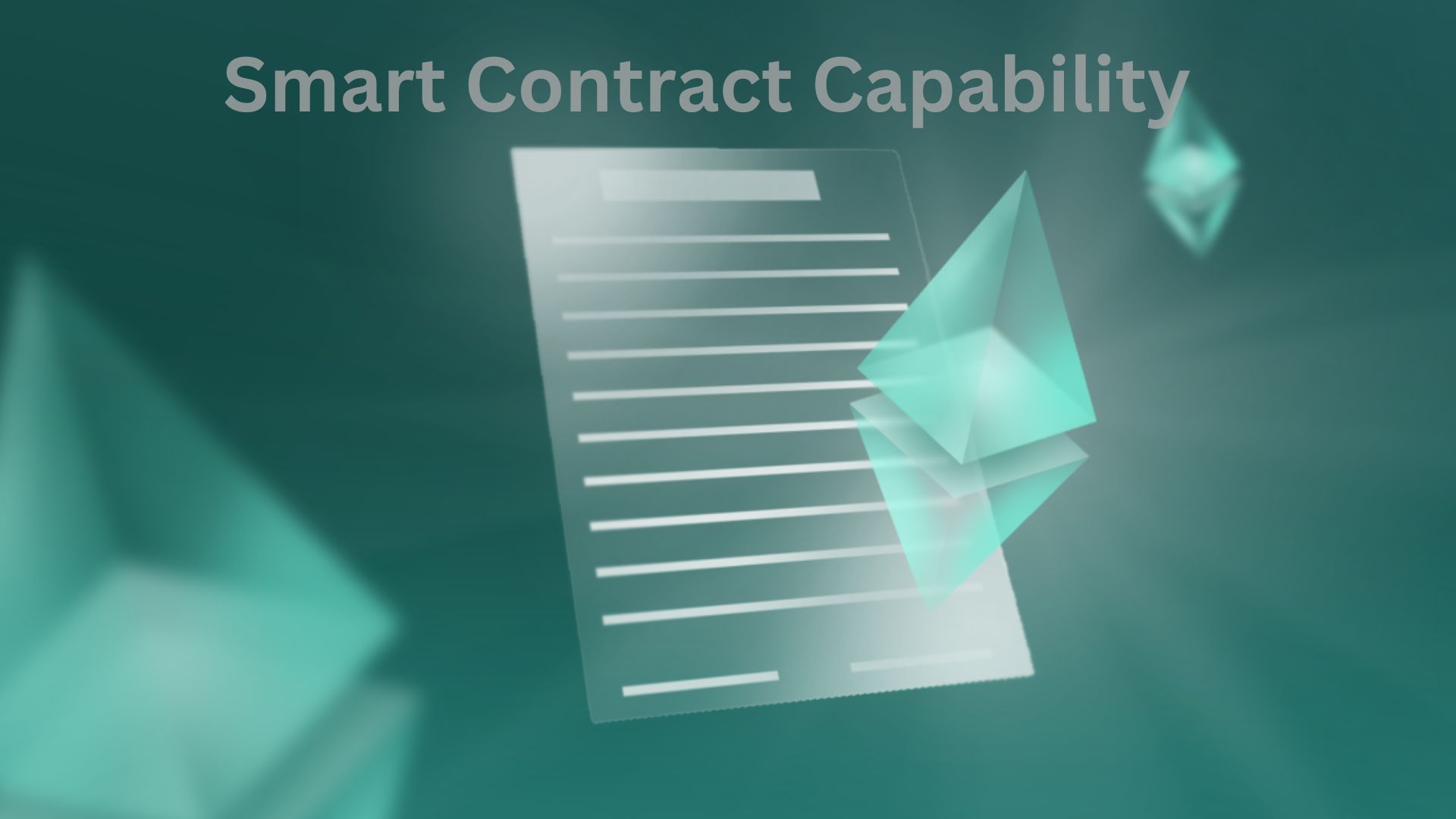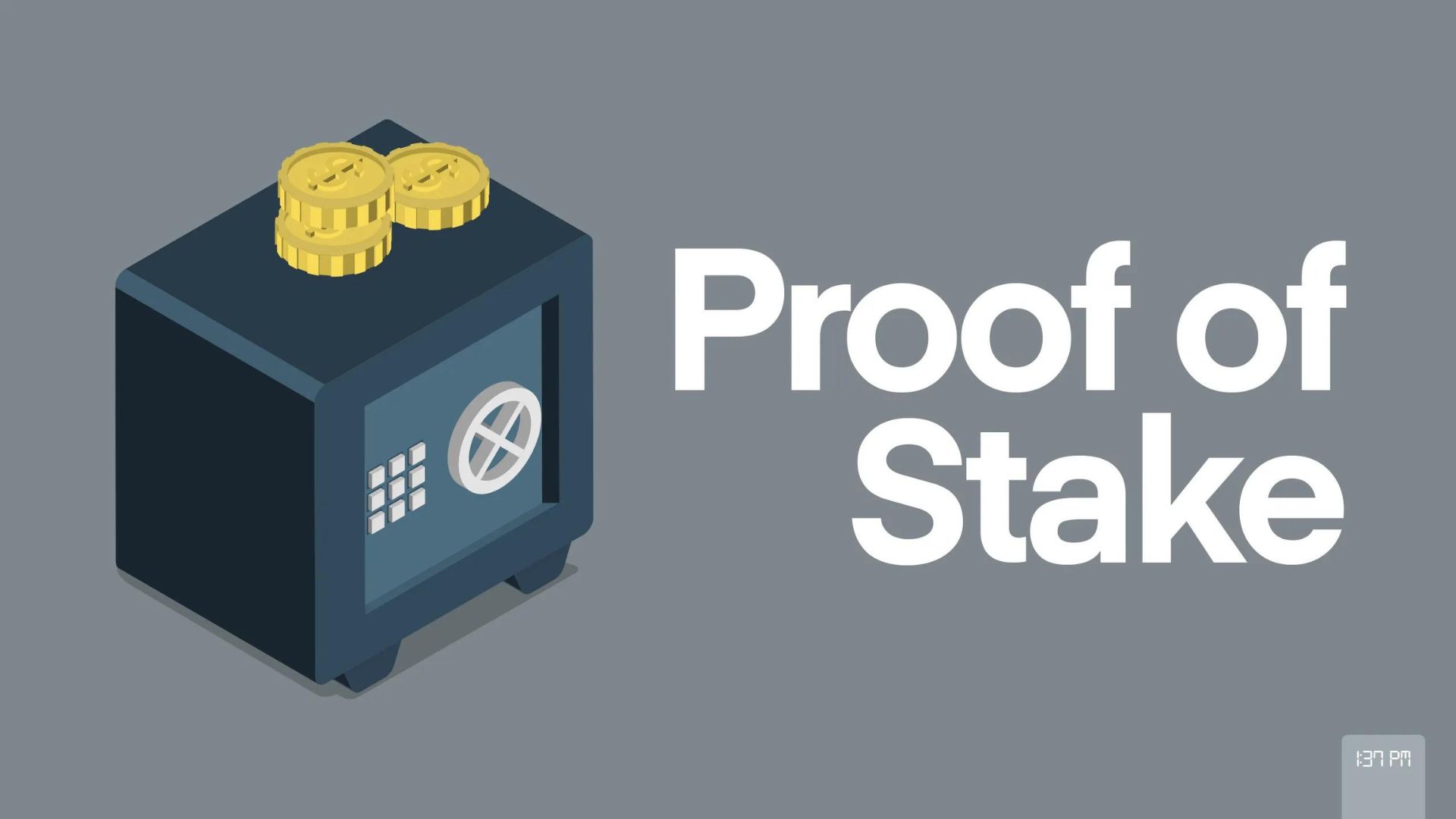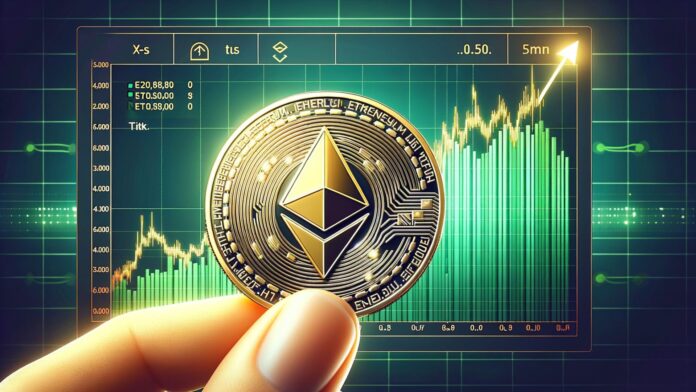Six Reasons Ethereum Is Valuable in 2024. Ethereum has surpassed the six-year mark. Despite the short duration from its introduction on July 30, 2015, a great deal has transpired. Ethereum has become the most popular blockchain network, and its native coin, ether, has risen to the position of second most prominent cryptocurrency in terms of market value and daily volume. In honor of Ethereum’s sixth birthday, we look at six things that make it valuable in and of itself.
1) Smart Contract Capability

Built on top of its cryptocurrency, Ethereum allows programmatic intelligent contracts and apps to run. With the ability to execute smart contracts, the Ethereum blockchain powers decentralized apps (DApps) such as decentralized finance (DeFi) or nonfungible tokens (NFTs), and real-world use cases are starting to emerge and maintain value.
Distributed applications (DApps) are intelligent contracts designed for one-time and repeatable tasks. As of June 2021, Ethereum has more than 3,000 DApps live. This surpasses the sum of all decentralized applications (DApps) implemented on all other general-purpose blockchain platforms globally put together. In 2020, about 90% of the blockchain’s transaction volumes were generated by the top 10 DApps, according to industry tracker DappRadar.
DeFi is a catalyst that is highly optimistic for Ethereum. Because it underpins so many decentralized financial cryptocurrencies, Ethereum is essentially a byword for decentralized finance. With over 200,000 ERC tokens, Ethereum is home to a number of cryptocurrencies that rank among the top 100. Without intermediaries like banks, DeFi members may buy and sell assets directly with one another, and the platform also provides a way to creatively unlock value for things like payments, loans, insurance, and more. Retail customers will likely flock to the DeFi space due to its accessibility and the allure of more significant interest rates. More than $65 billion in assets are still held by DeFi.
2) A New Type of Connectivity
Ethereum can be seen as an infrastructure that can transform the worlds of technology and finance.
The whole financial system might be recreated via DeFi. The management of identities, public services, markets, and governance are all areas that can be affected by applications built on the Ethereum platform. Ethereum has the potential to revolutionize numerous industries in the future, including mortgage transfers, stock trading, and many more.
The fact that it will take place on a public network means it can reach anybody, anywhere. Ethereum is a wager on a new kind of connection and innovation layer, which is another factor driving the network’s value, and these concepts will come to fruition as time goes on.
The user base and developer community of Ethereum are already somewhat active. By any measure of Github activity—the overall number of commits, contributors, project watchers, and stars—it ranks among the most popular digital currency networks. A more robust and varied Ethereum ecosystem is likely the result of all of this. An expanding network and a driving factor in the value of ether—that’s the ideal narrative for a blockchain.
3) Proof-of-Stake Model

The proof-of-work consensus is now in use by both Ethereum and Bitcoin. A consensus among all nodes in the network is necessary for transactions to be verified and confirmed. Miners are the nodes that process transactions and execute smart contracts in exchange for rewards.
The proof-of-stake paradigm, which is being transitioned to by Ethereum and called Ethereum 2.0, will significantly impact the rewards system. Neither cooperation nor punishment for bad behavior is fostered under the present proof-of-work concept. On the other hand, transaction validators will take the role of miners in the proof-of-stake paradigm. There will be an end to solving cryptography problems. All validators must possess ether and stake their ether to verify a block, so certifying the block’s validity. This way, their investment could be jeopardized in the event of malicious activity.
The blockchain’s capacity to handle transactions will be significantly enhanced if Ethereum 2.0 is successful. To be more ecologically friendly than proof-of-work alternatives like Bitcoin, Ethereum needs this scalability if it wants to impact the global financial system significantly.
4) Speed and Scalability
Ethereum differs from Bitcoin in two important respects. Compared to Bitcoin’s 10 minutes, Ethereum’s block time is now 10 to 15 seconds. An ether transaction will be visible in approximately five minutes, but a Bitcoin transaction takes approximately forty minutes to finish.
This is because security is Bitcoin’s primary concern. However, it takes more time to complete a transaction. The blockchain’s coding language and limited commands make hacking it more difficult.
Faster transactions are one of the many features the impending Ethereum 2.0 upgrade will provide. Shards, which are smaller groups of nodes that process their sections of transactions in parallel without needing to gain a consensus across the entire network, are utilized by the Beacon chain, which is part of that update. The goal is to make Ethereum more scalable and significantly boost its throughput rate. With the anticipated throughput rate of 15,000 TPS in Ethereum 2.0, the decentralized payment system will be able to compete with any centralized payment system.
5) Disinflationary Supply
Many people see Bitcoin as a hedge against inflation and a store of wealth due to its limited number of 21 million coins. In contrast to Bitcoin, Ethereum provides an infinite supply of ether but limits the quantity that may be mined annually. This eliminates any illusion of rarity contributing to Bitcoin’s inflated price. As the network develops, the disinflationary mechanism that controls the supply of Ether will be fine-tuned.
The new architecture for Ethereum introduces a significant shift in creating blocks. Validators will earn a transaction fee for each smart contract and transaction they validate rather than miners for creating blocks. Due to the depletion of supply, the value of ether rises in direct proportion to the amount pledged. Also, proof of stake eliminates mining expenses like power and gear. This means miners will sell less ether and maybe stake less of it. Which might bring deflationary forces into play in ways they haven’t before.
6) Correlation to Bitcoin
The bitcoin price is pivotal for ether and the broader cryptocurrency market. The two have a positive correlation; if bitcoin’s value increases or decreases, ether’s value does the same. Since most DeFi projects are constructed on the Ethereum blockchain, its price soared to its most significant point in over two years during the market’s dramatic DeFi boom in the summer of 2020. Similarly, bitcoin was having trouble breaking a record that had stood for two years. As the year ended in 2020, investors saw Ethereum—and the DeFi apps built on it—as a helpful supplement to Bitcoin. Which they perceived as being too “expensive.” As a result, there was a BTC-to-ETH price rotation.
Since it is beginning to be propelled by its catalysts, Ether is no longer closely tracking Bitcoin’s price swings. There was a 0.95 correlation between Ether and Bitcoin in July 2020. According to data from Cryptowatch, it is now at 0.71 a year later.
Ether Futures
In February 2024, CME Group, a prominent cryptocurrency futures exchange, expanded its cryptocurrency product offerings to include Ether futures. Approximately 600,000 Ether, or nearly 320,000 futures contracts, have been traded since the introduction. The contract has seen significant trading volume compared to Bitcoin futures and strong institutional acceptance as market participants seek exposure to the token and protect themselves from the price risk of ether.
Investors should keep an eye on this type of market activity as they gain a deeper grasp of the many potential uses for this revolutionary digital money.


